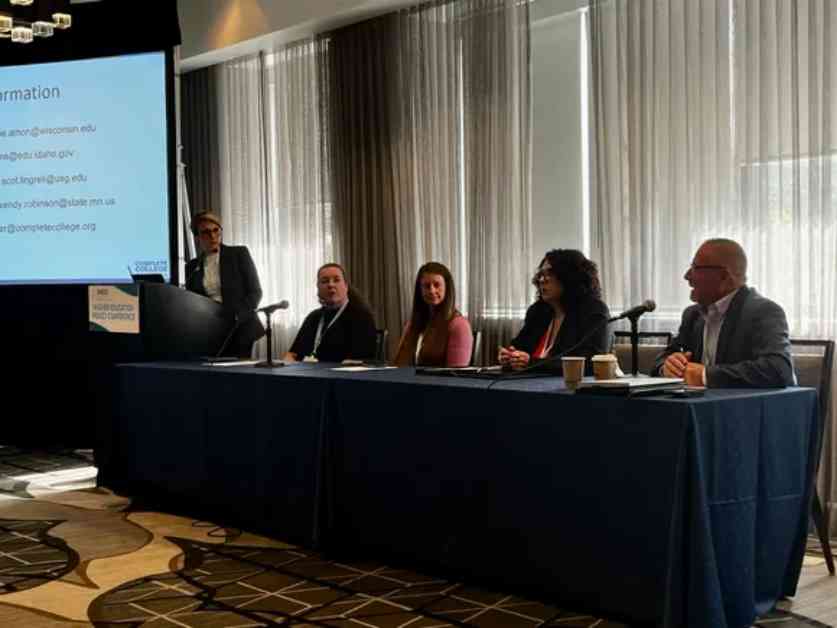Direct admissions programs are gaining traction across states and public college systems as a way to attract local students amid enrollment declines and economic challenges. These programs offer graduating high school students admission to colleges without the need to apply, providing potential benefits with minimal risks. However, implementing and managing these programs can pose challenges.
In Idaho, a statewide direct admissions program has been in place since 2015, operating on an annual budget of approximately $50,000. The program focuses on reaching out to all high school students, regardless of academic performance, with the aim of encouraging college enrollment. The success of such initiatives relies on significant resources beyond just financial funding, including efforts from education board staff, high school counselors, and college admissions experts.
Minnesota’s direct admissions program involves 57 institutions, offering admissions to at least 26 colleges to students in participating high schools. Communication and transparency have been crucial in gaining institutional buy-in and ensuring alignment with colleges’ standards and values. The program aims to alleviate students’ concerns about college acceptance and emphasizes finding the right fit for higher education.
Georgia recently launched the Georgia Match program to proactively offer college admission to high school seniors. While not a direct admissions program, Georgia Match allows students to claim a spot at public colleges by expressing their interest. The initiative aims to raise educational attainment in the state and provide opportunities to students who may not have considered college as an option.
Wisconsin’s Universities offer a direct admissions program that automatically populates students’ information into the common application using high schools’ data. The program also includes information about the Tuition Promise, a state program covering tuition and fees for eligible students, in the admission letters to high school students. This addition aims to communicate that college is not only intellectually but also financially accessible to students.
Funding for direct admissions programs varies by state, with Minnesota allocating $1.3 million and Wisconsin receiving approximately $50,000 for its program. The financial backing plays a crucial role in scaling these initiatives to serve more high schools and students. Coordination among stakeholders, including state agencies, higher education systems, and K-12 schools, is essential for the successful implementation of direct admissions programs.
Overall, direct admissions programs offer promising opportunities for students to access higher education and simplify the college application process. By addressing challenges through effective communication, transparency, and coordination, states and public college systems can enhance these initiatives to support student success and educational attainment.






